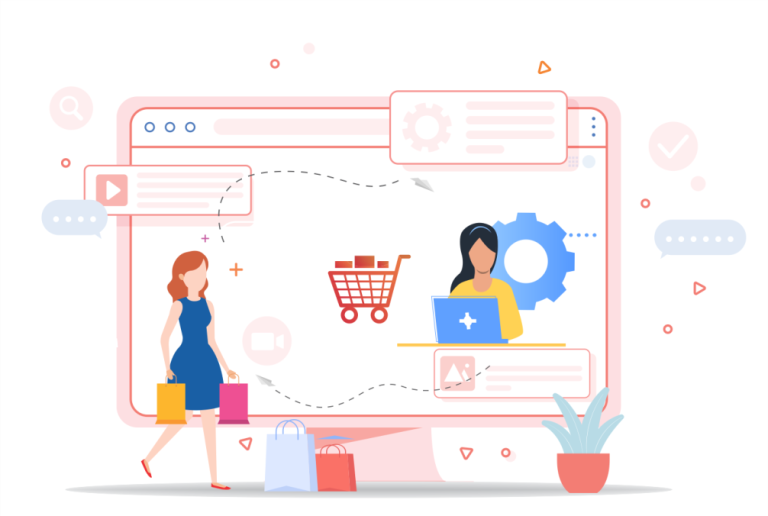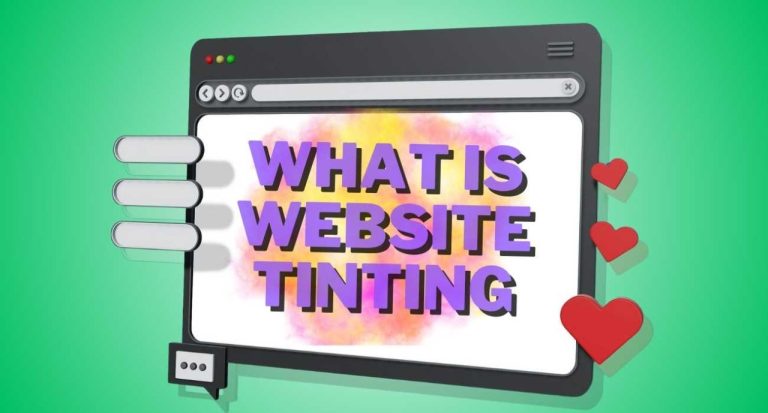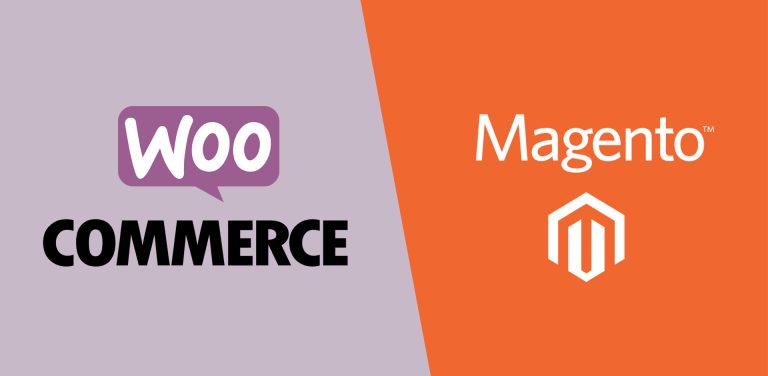Retail Technology: How retailers are using technology to revive your business in 2023 with examples
Today, technology in retail store owners notice the advantages emerging technologies offer and use them to create shopping experiences that will attract modern consumers.
From retail inventory solutions to expanded reality, technology in retail is adjusting retail shops and empowering customers to make quick and informed buying decisions, while at the same time helping retailers to reduce their expenses and improve planning, providing them with a competitive superiority to develop in the retail market.
In this post, we’re discussing six technologies in retail stores you should consider if you’re planning to improve your customer experience. It’s including in your retail operation and detailed examples of some brands in the world.
How retailers are using technology in retail stores?
Technology in retail stores – Mobile Shopping

Since smartphones are becoming the standard platform for brand communication and online purchases, it is elemental for retailers to maintain or upgrade their business. The owners and marketers have the responsibility to make sure customers’ mobile purchasing experiences are entertaining, informational, and convenient.
Technology in retail stores – Behavioral Analytics of customer
Customer behavioral analytics and web analytics are more and more important. Retailers can base on user behavior data to improve their supply chain, merchandising, marketing, and other strategic business decisions. Online marketers can benefit greatly from behavioral analytics, which follows customers’ history of searching and buying activity as well as their customer service representatives. Thanks to this data, retailers can predict and recommend the appropriate goods and services to their target audience.
Retail Inventory Solutions
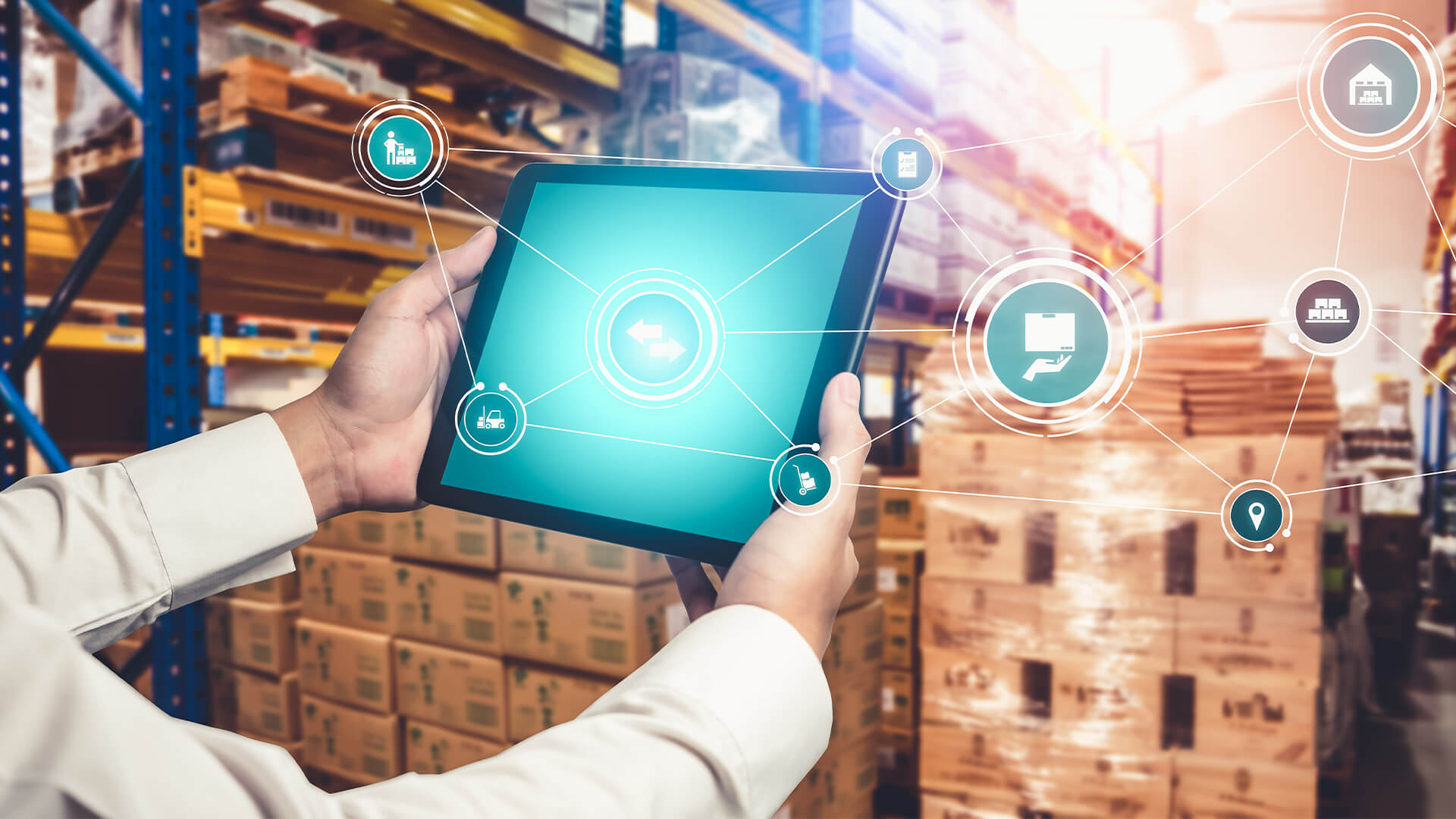
Extremely managing inventory is essential for all retail brands. Inventory management software is a system for tracing retail inventory levels, orders, business dealing, and transportation.
By using retail inventory management software, retail store owners can save money by preventing both out-of-stock and overstock, and approaching a balance in their stock levels. Inventory software can also make keeping a trace of your stock in many locations much easier if you have several distribution centers or warehouses where the items are kept.
Cloud-Based ERP
A resource planning system has all features that are included in retail inventory software, but that is where the similarities end. An ERP’s feature set is far more absolute than that of standard inventory software.
When you keep a trace of your inventory using a cloud-based ERP system, you can compare inventory data with invoice schedules, purchase orders, financial data, and other useful analytics.
Mobile POS
Now, it’s easy to upgrade your online store with mobile POS systems which can be added anywhere in your store.
Now a day has around 34% of shoppers rarely or never pay by cash, mobile POS caters to the choice of today’s customers while also expediting in-store operations. Mobile POS increases the customer experience at the checkout counter by decreasing waiting times. Sale staff can start processing purchases while customers are still in line, allowing customers to check out quickly and conveniently.
Augmented Reality

Retailers with real locations have started to use augmented reality to create fascinating customer experiences. This is a clever move, given that more than 60% of customers like establishments with augmented reality experiences.
In the modern retail environment, extended reality can make it simpler for customers to see a product they are thinking about, whether it’s a new dining room table or a pair of boots.
Examples of technology in retail stores
Augmented reality window displays in Zara store
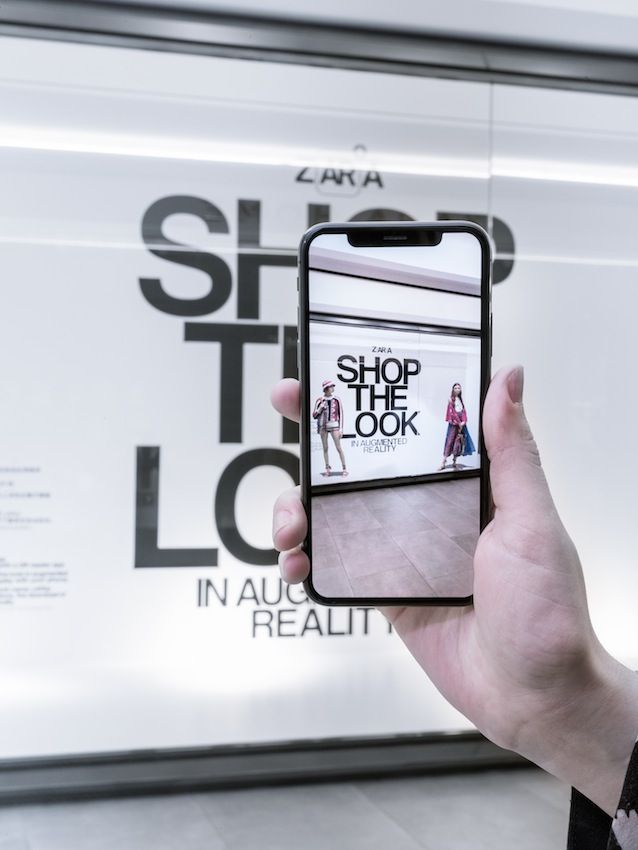
Augmented reality has been used for some Zara stores since 2018. An external window displays and designated in-store AR zones. Customers in some Zara stores were advised to stand in a pre-marked placement on the shop floor and use their smartphone as a lens when held up.
Then, models will appear, shows all items from the latest collection on the screen, and react to their surroundings.
This allowed customers to have a better idea of how the clothing fit. Customers can know how it could be styled without using the dressing rooms if they were in hurry.
Speed shop – Nike
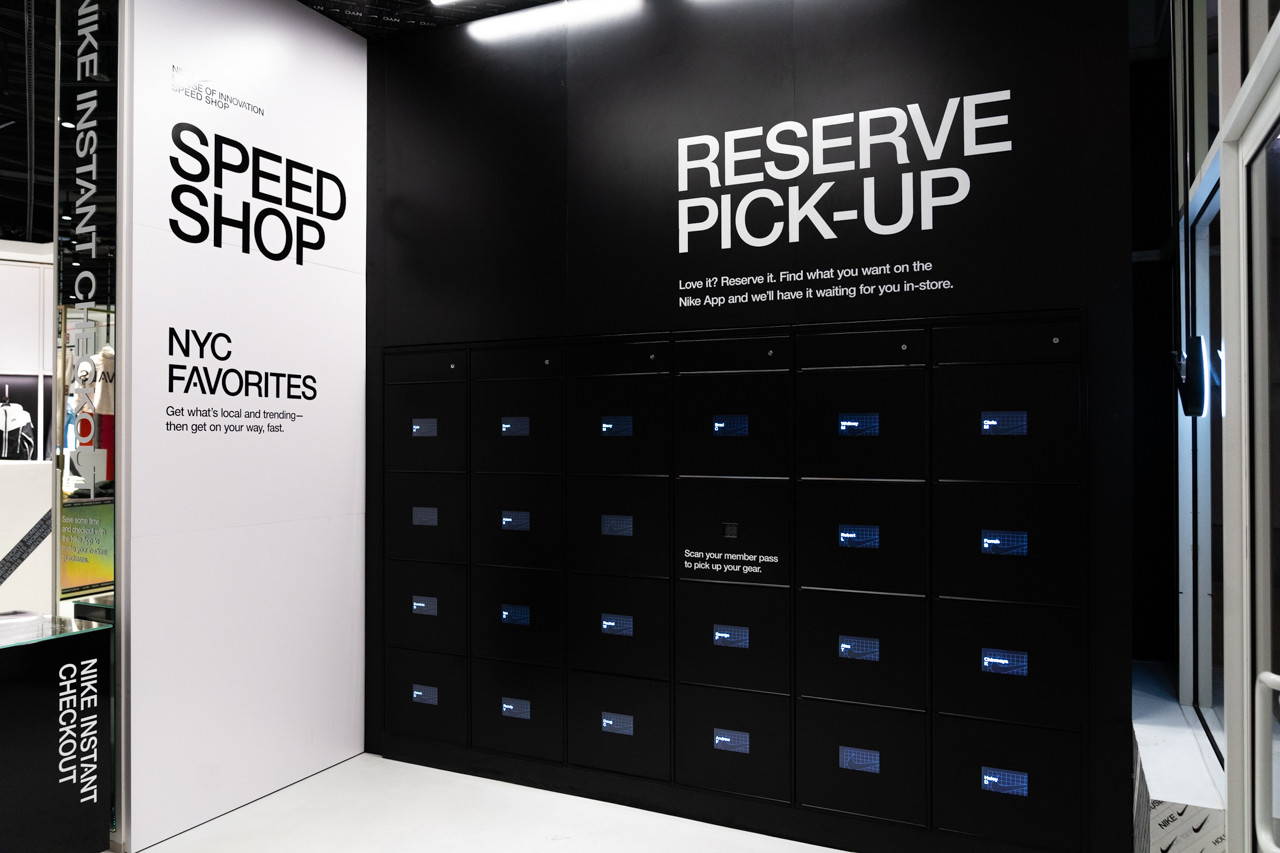
An outstanding Nike store called the “Nike House of Innovation 000” appeared in NYC in 2018. Some feature digital components that bring customers an impressive and wonderful shopping experience. The six-floor studio’s “Speed Shop” is an outstanding feature, along with customization studios and very quick checkout areas.
Customers are now able to book shoes online to try on in-store. To be more detailed, they can come through a designated entry, find a locker with their name, and unlock it using their smartphone. All functions are proceeding online even purchase orders.
Social retail store – Burberry

Burberry’s first social retail store opened in Shenzhen, in July 2020 with the objective of combining the area for luxury retail with social media. This action offers a different and impressive shopping experience.
Users summarize virtual social currency by engaging with a customized mini-program within the WeChat app. Which learning more about specific products, scheduling appointments, and sharing user-generated content. This virtual currency is then applied to create and gradually evolve an animal character on the shopper’s mobile device as they go around the retail store. This is a fun way to have a great shopping experience and reward customers for their involvement.
Conclusion
Retailers can’t base on technology to grow up. They can use technology for managing and controlling the product flow. But if that product is not what customers want, then they will lose money. So the retailer should combine technological expertise and solid retail management strategies. ONEXT DIGITAL – so proud to provide the best solution not only retail but also wholesale, we are confident to satisfy the most demanding customers.


